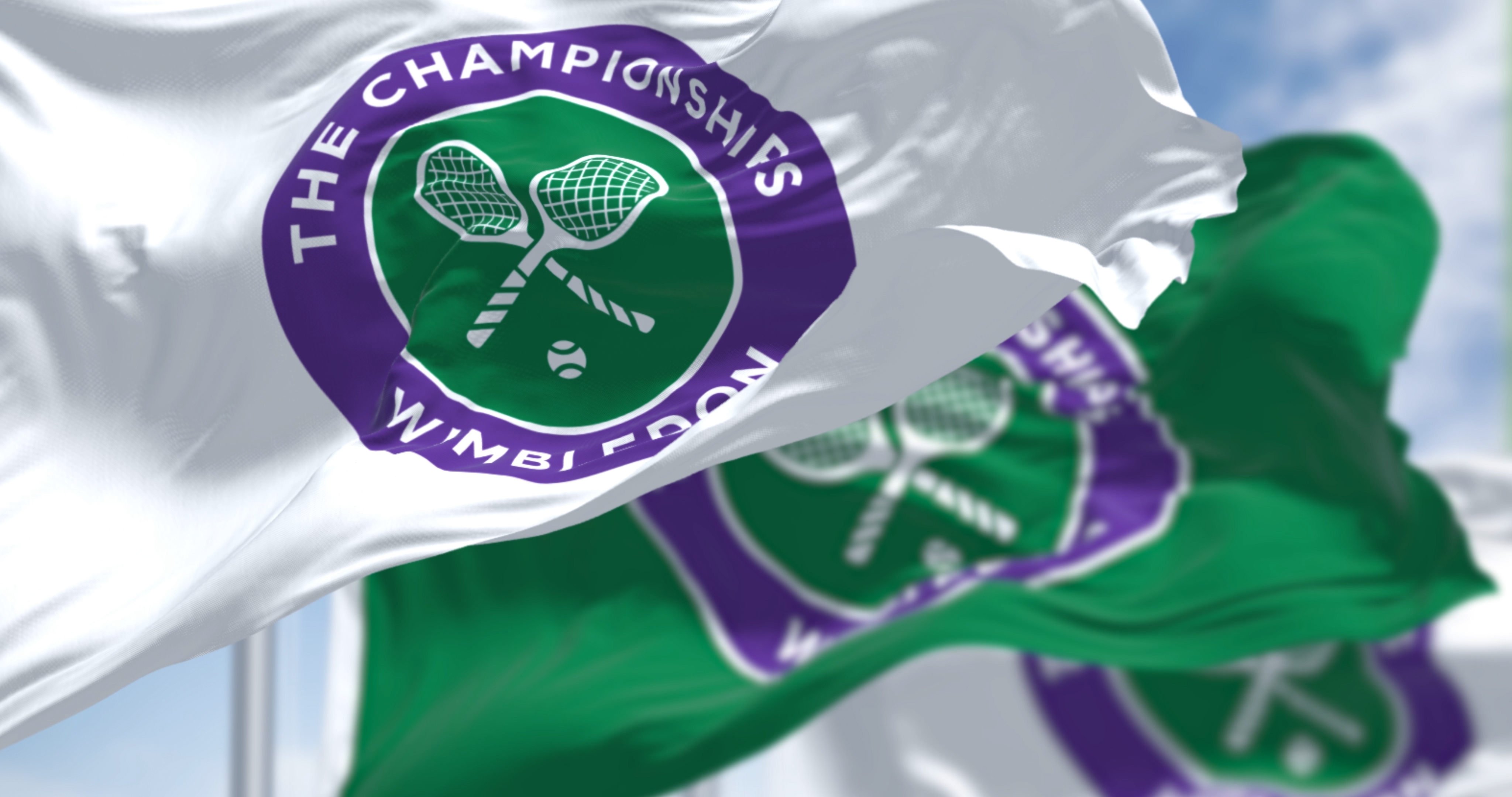
Wimbledon, the oldest tennis tournament in the world, is replacing around 300 line judges with artificial intelligence at next year’s tournament - saying goodbye to a 147-year tradition.
The line judges at Wimbledon have for years stood around the court watching the lines with laser focus to determine whether a tennis ball is in or out. But at Wimbledon in 2025, you’ll not spot the cream berets and navy blazers. The system the All England Lawn Tennis Club (AELTC) has opted for instead is an evolution of the Hawk-Eye technology that has been used for tight calls since 2007. The technology is called electronic line calling (ELC) and will be used on all of Wimbledon’s 18 courts throughout the 2025 competition.
The AELTC confirmed in a statement on Wednesday, ‘officiating technology will be in place for all Championships and qualifying match courts and cover the ‘out’ and ‘fault’ calls that have previously been made by line umpires.’
This artificial intelligence technology is nothing new to tennis, having been implemented following the COVID pandemic at other major tournaments like the US Open. The Australian Open was the first grand slam to ever remove line judges on all courts back in 2021 and the ATP Tour will bring in the technology in 2025.
Wimbledon is founded on tradition, so today’s announcement, while not surprising, is indicative of the new AI-driven world we now live in. Back in 2014, IBM, one of Wimbledon’s major sponsors, didn’t think we’d be replacing humans at Wimbledon anytime soon. But a lot can change in 10 years, and now we’ll have an AI on Centre Court.
What is ELC and how does it work?
The system that is set to be implemented at Wimbledon for the 2025 tournament works by tracking the ball’s movement through 12 cameras strategically placed on every court. There are also microphones on the court to listen for the sound of the ball as well as a computer to interpret the ball’s location in real time. A video operator, similar to the Video Assistant Referee in soccer will oversee the technology from an external room, communicating with the Chair umpire on the court.
This isn’t the first AI technology introduced at Wimbledon, earlier this year the AELTC unveiled a new Catch Me Up tool, powered by IBM’s Watson generative AI platform. Catch Me Up allows fans to watch highlights from games on a second screen, ideal for the perfect couch tennis companion.







